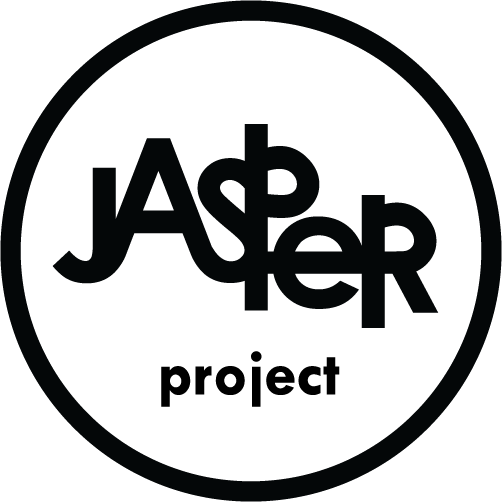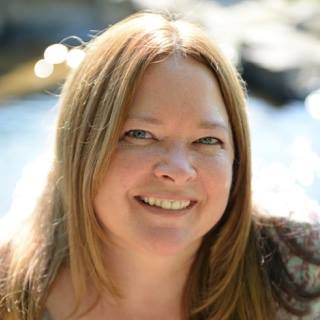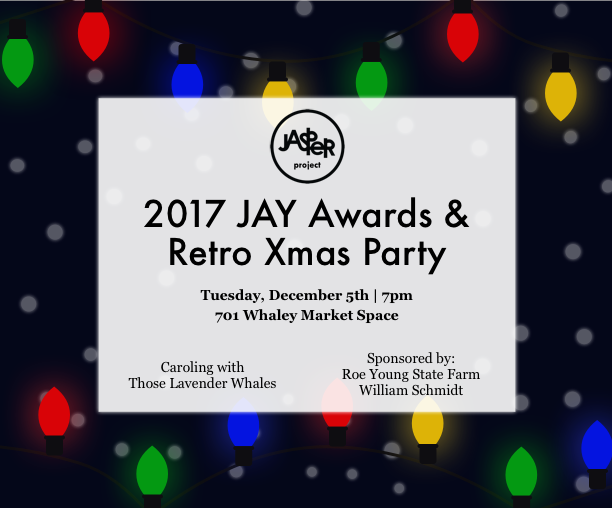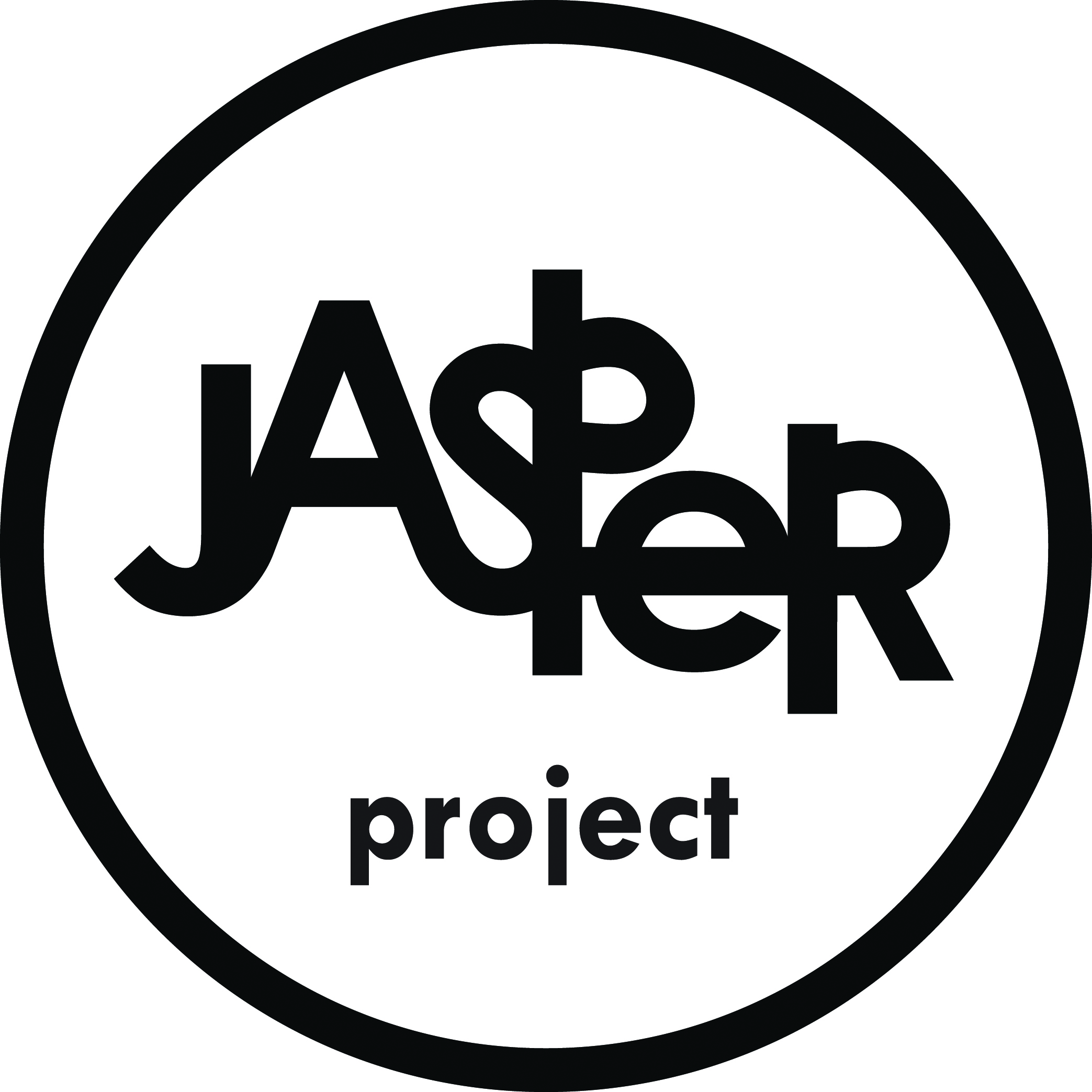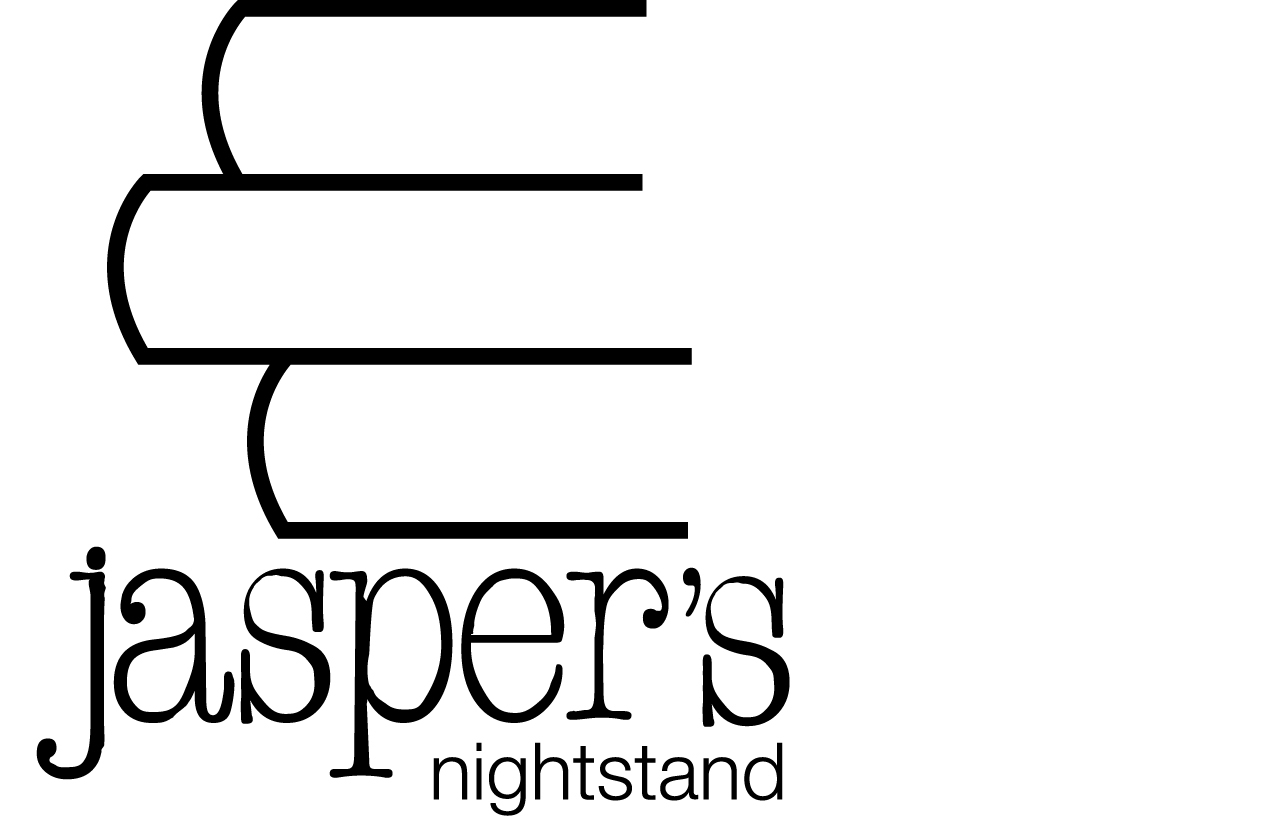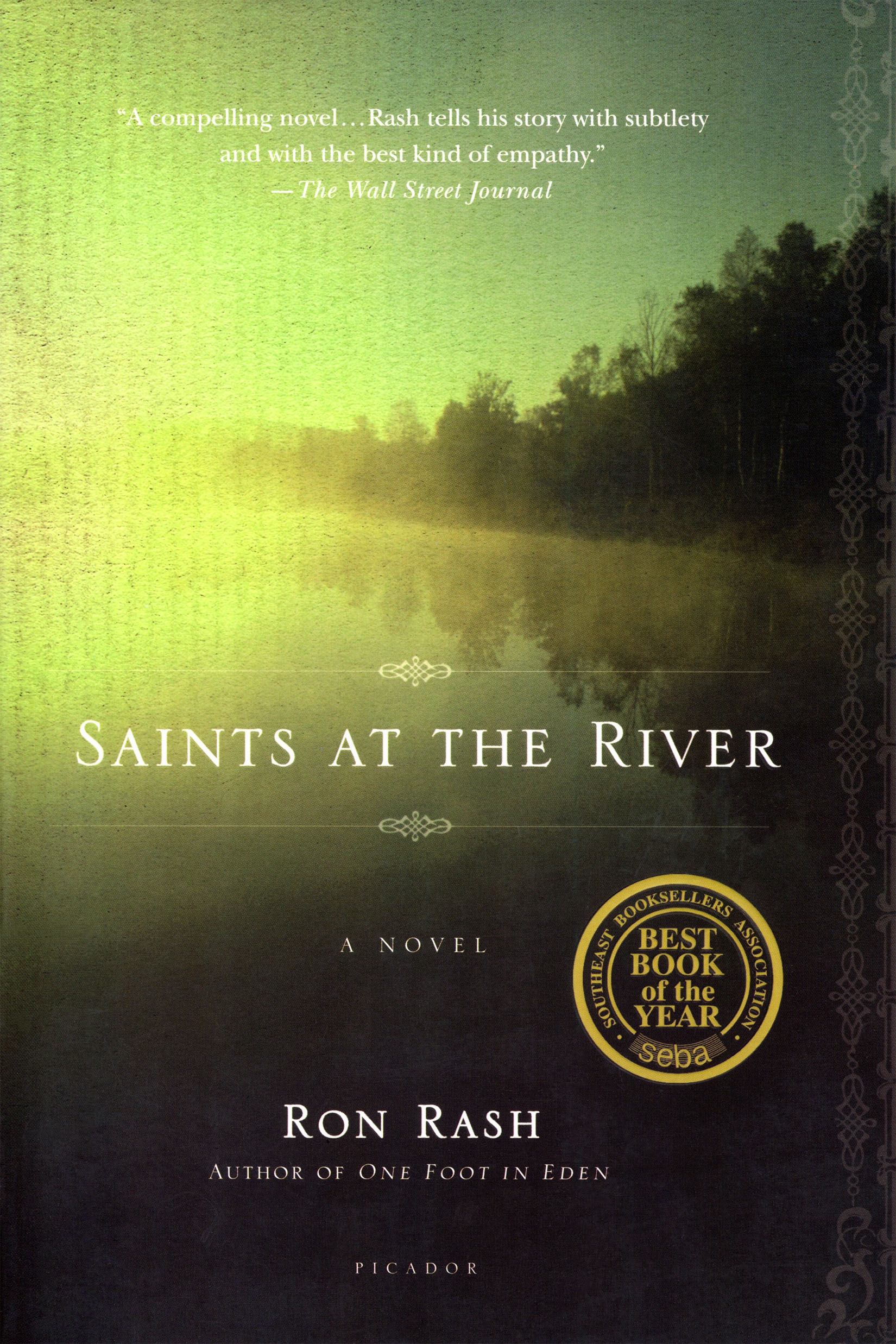Jasper: What made the past year so great for you as an artist, how have you grown, and to what do you attribute that growth?
Don: Becoming my own publisher after many years of submitting and freelancing offered new challenges and opportunities to expand my base of knowledge. It’s also opened up new avenues of creativity as I work on the PR side of the game. I’ve even begun designing some of my own graphic materials, which I had experience doing in the past for my small retail clothing business.
Jasper: How have you seen your arts community grow over the past few years and to what do you attribute that growth?
Don: I’ve noticed and admired so much growth in our arts scene that I wrote a novel about it called Let the Glory Pass Away! (see excerpt at bottom)
Jasper: Why is art so important right now?
Don: Art is never-not important, perhaps especially so as humanity struggles to pierce through an emergent veil into next-stage consciousness. Look to the artists for guidance. They’re ahead of the curve—always.
Jasper: What role does art play in your life?
Don: My current body of work already offers a cohesive literary vision, and as the next few books come out this corpus will take on added dimensions of connection in terms of character and plot, but also in a thematic sense. Achieving what will ultimately be the ten or twelve book world of “Edgewater County” has turned into a longterm art project, and at this late stage in the process, I couldn’t imagine living any other way.
Jasper: Who have been your major influences?
Don: Major adolescent influences were heavy-hitters of the day like John Irving, Vonnegut, Updike, Stephen King and hardcore sci-fi on the pop side of the equation. Lately I’ve been digging Norway’s Karl Ove Knausgaard and his autobiographical “novel” series My Struggle. Not everyone would, though. It’s a writer-to-writer thing in my case with Knausgaard.
Jasper: Who are some of your favorite local artists from an arts discipline other than your own?
Don: Our community as a whole enjoys a high per-capita rate of remarkably talented and incisive artists, across all disciplines. Visual artists, mixed-media artists, musicians, writers, actors, filmmakers, hybrids, young people striving to break through into new forms—we have it all here. Too many individuals to name.
Jasper: Is there anyone you’d like to thank for their support of your arts career?
Don: I’ve had ample support from the community and family and friends, but my wife deserves particular citation for supporting me through the years of intensive art-life concentration and effort it took to have achieved my modest but satisfying publishing successes. The literary arts are a lonely, often non-lucrative trade, and having a life partner to provide and manage things proved crucial to my success.
Jasper: Why should folks come out to the 2017 JAY Awards and Retro Christmas Party?
Don: What’s not to love about a party? And in the case of the Jasper crew, one may expect the retro-holiday cheer served up with a sense of artistic style, a dash of zest, a feeling of accomplishment and grace.
---
EXCERPT FROM LET THE GLORY PASS AWAY:
[Narrator Cort Beauchamp, charged with convincing a reclusive rock star to participate in a public ceremony honoring his superstar career, has taken a weekend beach getaway that will get him in close proximity to his prey.]
As I clambered down the other side of the mossy, slick groin and headed for the spit, somehow I didn’t hear the heavy footsteps running across the beach toward me—perhaps the pounding of Mahler’s timpani and the wind cutting across my ears had something to do with it. With my prey so close, now only twenty yards away and striking his yoga poses, I had myopia like a camera lens irising to a small round circle amidst an endless field of black.
DD.
In my sights.
“Duncan! Duncan Devereaux—it’s me, it’s Cort Beauchamp, it’s—”
Oof—a massive force from behind, a blackout, my wind knocked out; my face, slamming into the rough hard sand and sliding a foot or so to a stop. I tried to cry out, but my words had no wind beneath their wings, only a mouthful of gritty, salty sand.
A pressure in the small of my back—a knee. A voice belonging to the knee, sonorous, a vibration traveling down the length of my aching body. “Sir—I’m going to release you, now, real slow and easy and we all real cool. No sudden movements. Me and sudden movements don’t get along.”
Upon the lifting of the knee, my back, cracking in a fine and thorough manner the likes of which I’ve not enjoyed since I last hit the chiropractor, now over a year ago.
“Gah,” I managed to say. “Blargh.”
“Mister, you’re trespassing on private beachfront right now—”
Another edgy voice from behind me, urgent and upset. “What the hell are you doing, Reynaldo?”
The pressure on my back eased.
“Let him up.”
And disappeared.
Relief.
I took a tentative, deep breath; much additional crackling ensued, and a modest but sharp flurry of shooting pains.
My nose and cheeks mudded with gray Sedge Island sand, I rolled over to see a looming security goon as substantial as a small mountain. Alongside the olive-skinned man with forearms like Popeye and backlit by the blazing light of the morning sun over the Atlantic crouched a middle-aged man into whom a once chubby, longhaired rock star had transformed: now reed-thin, gray-faced and wrinkled, but still a version of none other than my old interview subject. The eyes never lie, and his intense, probing marbles shone with recognition.
Duncan’s expression of concern turned to chagrin. “It’s—you.”
“It’s me.”
DD and his bodyguard offered hands that helped me to my feet. I squinted around for the sunglasses that the security guard knocked off my head. I suspected I’d hurt for weeks—the last time I took a spill from the mountain bike I ride around the hilly, rural roads of Cypress Creek, I limped for three months with a sore knee that didn’t want to heal.
I glared at the thug that’d put my dingus into the wet sandy earth. “What is the meaning of this violence? You almost broke me in half.”
“You’re trespassing, sir—this—this is—”
“Enough.” Duncan, grabbing me by the arm. “This man, he’s a friend. One who’s been trying to get in touch with me for over a month now. Haven’t you, Cort?”
My face, hot as an oven. I could barely meet his eyes.
“So I guess you finally got me.” His smile, genuine. “Might as well join us for breakfast, eh?”
Relieved, I could but agree. And so, for the second time in as many decades, Duncan Devereaux allowed me a glimpse, however brief, into the private life of a rock legend.
VOTE at http://jasperproject.org/jays
BUY Tickets at
